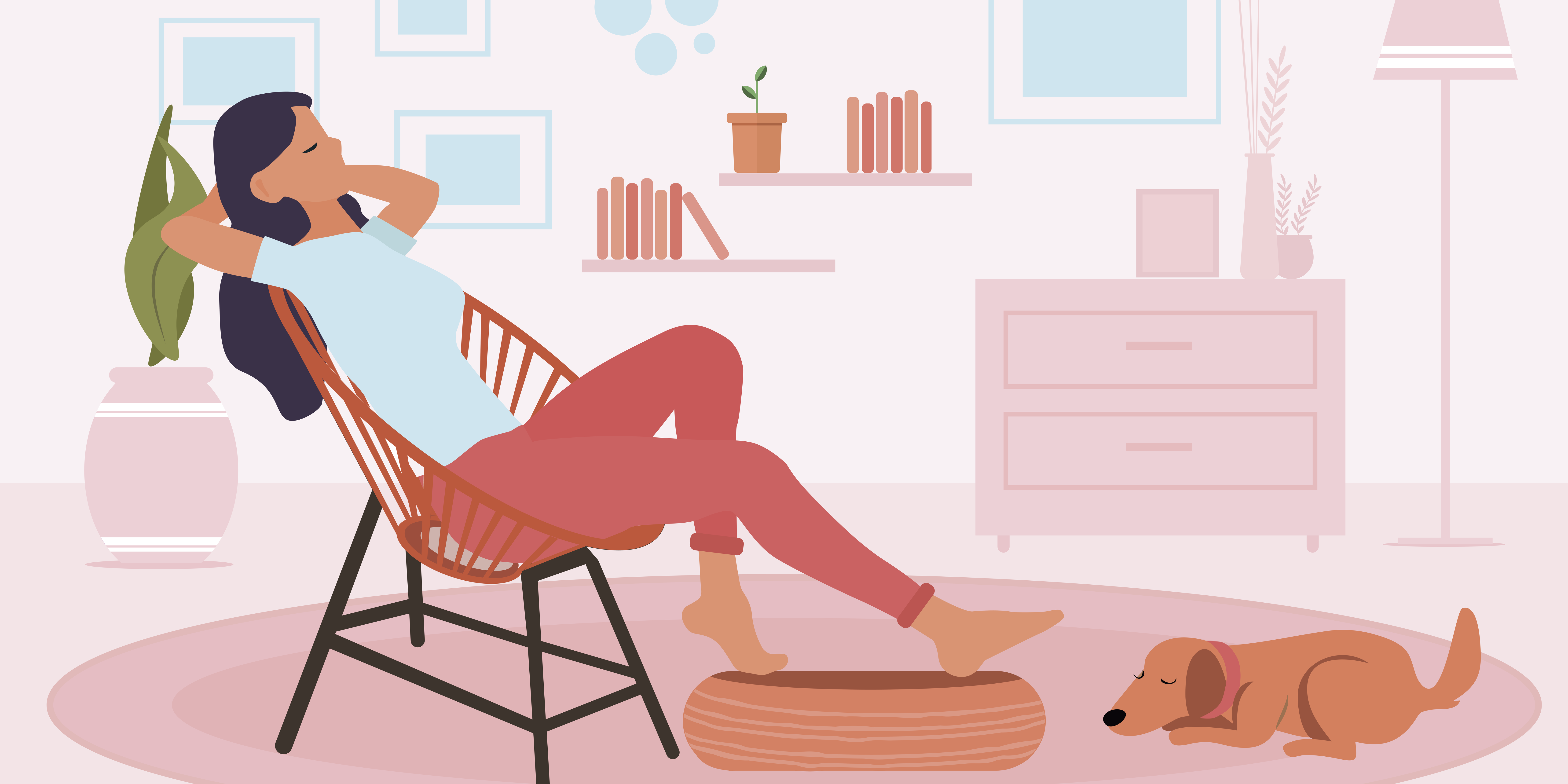How to avoid noise pollution at home
- çAccording to the World Health Organization (WHO), noise is one of the environmental factors that causes the most illnesses. As we are used to generating and enduring it, we are not aware of its harmful effects.
Constant noise has many negative effects on human health and well-being. Chronic exposure to sound can cause long-term damage to hearing. It can also have effects on sleep, performance and concentration, physiological functions, mental health, as well as social and behavioral effects.
For this reason, when we want to reduce noise in our immediate environment, the home is the first place to start. We all like our home to be a place to rest and relax, a haven of peace and quiet where we can enjoy those longed-for moments of calm and quiet.
With these simple design tips and tricks, we will ensure that our health and well-being come first and that the home is both stylish, cozy and comfortable.
The first thing to consider in reducing noise is to find ways to limit the sound coming in from outside and then reduce interior noise as much as possible.
Here are some easy and useful design solutions that absorb sound waves and block sound, preventing noise from entering your home.
- Cover surfaces to absorb noise.
Covering hard surfaces or filling empty spaces is an easy and safe way to reduce noise levels. A hand-woven cotton rug with a subtle pattern can add an elegant and charming touch. A fluffy rug provides comfort, and a Persian-style rug with floral patterns offers a more classic touch. For more eco-friendly options, jute rugs can be another option. Carpeting is another alternative that can dampen noise from the floor below.
- Decorative soundproofing
Insulating walls, windows and doors is key to reducing noise. In the absence of a complete insulation project, simple weather stripping can help you reduce noise. As for decorative soundproofing, wallpaper, and draperies can not only change the look of a room, but also have a big impact on noise reduction, especially if the windows are thin. Choose a style that suits your decorative taste (Venetian blind, soft and classic curtain, thick velvet curtains…). In addition to the floors and windows, you can incorporate beautiful fabrics for the rest of the house. For example, hang a decorative patterned rug on the wall, or a few pictures that are not yet in place.
- Combining comfort and practicality
Furniture also acts as a natural insulator, and strategic placement of chairs and sofas can definitely soften the effects of outside noise. A tall cabinet or bookshelf can be installed for the wall shared with the neighbor to stop the impact of noise. Opting for a fully cushioned sofa rather than a formal or plain model also helps as anything that is cushioned and comfortable will absorb incoming noise.
- Dividing the space
If we live in an open space, it is useful to divide it into small corners. You can hang curtains that extend across the room or strategically place large plants to create separate zones. Plants not only deflect and refract noise, but also clean the air: it is a health benefit.
- Search for energy efficiency
Household appliances and air conditioners also contribute to noise pollution. Energy efficient appliances are quieter and, in addition to saving money at home, we actively contribute to the sustainability of the planet.
- Reform
In some cases, the structure of the house is the culprit of poor sound insulation and the above measures may not be sufficient. In this case, changing the windows for double glazing, installing shutters or polyurethane foam on walls and ceiling may be some of the solutions.
